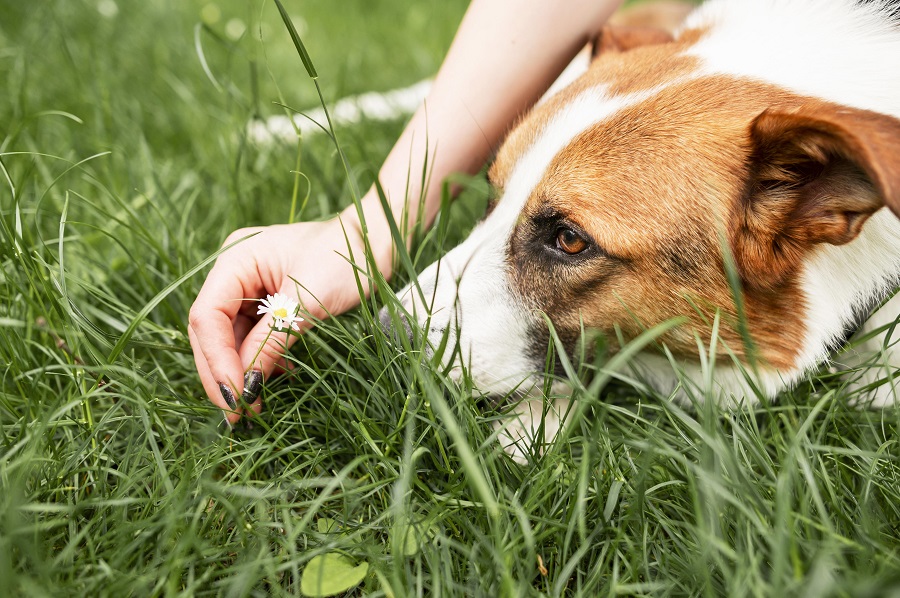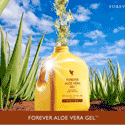Pest Control for Pet Owners: Keeping Critters Away Safely

Effective pest control around pets requires understanding pest behavior, habitat preferences, and potential resistance to treatments. Pet-safe formulations reduce the risk of toxicity and are designed to minimize exposure through features such as lower concentrations, targeted application methods, and reduced volatility. Rotating treatment zones or methods can help slow resistance development by reducing repeated exposure of pests to the same active ingredients or application patterns. Professional integrated pest management (IPM) approaches, such as those used by providers like Hawx, typically combine inspection, habitat modification, exclusion, mechanical controls (e.g., traps, vacuuming), and selective use of pet-safe chemical treatments.
Timelines vary by pest and environment. Many exterior barrier treatments list up to 90 days of residual effectiveness under typical conditions, but factors such as rainfall, UV exposure, surface type, and pest pressure can shorten this period. Monitoring is essential: track sightings, trap counts, and bite reports, and document treatment dates and locations to evaluate outcomes and adjust plans.
Fleas are a common concern for pet owners. Their lifecycle includes egg, larva, pupa, and adult stages, often spanning 2–8 weeks depending on temperature and humidity. Because pupae are resistant to many treatments and can remain dormant, single applications rarely eliminate an infestation. Effective control typically combines:
- Treating pets with veterinarian-recommended products (e.g., isoxazolines or other approved actives).
- Environmental measures: thorough vacuuming (including cracks and upholstery), hot washing pet bedding, and targeted indoor treatments that include an insect growth regulator (IGR) to disrupt development.
- Outdoor habitat management: reducing shaded, humid refuges, and applying treatments to resting areas frequented by pets and wildlife.
Clear expectations and consistent follow-up improve outcomes. Reassess every 2–4 weeks initially, reapply according to label directions, and continue preventive measures to limit reinfestation.
Understanding Flea Lifecycles
Flea infestations can develop before any insects are visible, as most of the lifecycle occurs off the host. Fleas progress through egg, larval, pupal, and adult stages; eggs can represent a large portion of the population. A single female may lay up to 50 eggs per day, so early intervention is important.
Effective control targets all stages. Eggs typically hatch into larvae in 2–10 days under favorable conditions, though this can extend to about 20 days.
Larvae develop into pupae, and adults can remain in the pupal cocoon for weeks to months, emerging in response to cues such as warmth, carbon dioxide, or vibrations. Adult fleas can live for several weeks to months, depending on environmental conditions and access to a host, during which they feed and may transmit pathogens.
Use integrated, pet-safe control measures, which may include veterinary-recommended treatments for pets, thorough vacuuming, frequent laundering of pet bedding, and environmental insect growth regulators to disrupt development.
Persistent infestations may require professional pest control to address both on-host and environmental stages.
Key Benefits: Pet-Safe Formulations
Many conventional pesticides can harm pets through ingestion, inhalation, or skin contact. Pet-safe approaches aim to manage pests while minimizing these risks.
- Mechanical and physical controls: Products like Catchmaster fly paper trap flying insects without chemical residues. Diatomaceous earth (food-grade) can reduce certain crawling insects by damaging their exoskeletons; care is needed to avoid inhalation by humans and pets.
- Botanical and low-toxicity options: Orange Guard (d-limonene-based) can kill some insects on contact but may irritate sensitive animals if misused; follow label directions and keep pets away until treated areas are dry. Natural repellents such as lavender and lemon balm may deter some insects, though efficacy varies and is generally limited compared with registered pesticides.
- Biological controls: Beneficial nematodes (e.g., Steinernema, Heterorhabditis species) target soil-dwelling larvae such as certain fleas, fungus gnats, and beetles. They're generally considered safe for pets and non-target vertebrates when applied as directed.
- Integrated use and exposure reduction: Choosing products with clear pet-safety labeling and organic or low-toxicity ingredients can reduce household chemical exposure. Always ventilate treated areas, follow reentry intervals, and store products securely.
- Professional services: If an infestation requires professional intervention, select pest control providers that use integrated pest management (IPM) and offer pet-safe protocols for fleas, ticks, and rodents. Request product labels and safety data sheets to verify precautions and reentry times.
No single method is universally effective. Combining sanitation, exclusion, monitoring, and targeted treatments typically provides better control while maintaining pet safety.
Rotate Treatment Zones Monthly
Implement a monthly rotation for treatment zones to reduce pest adaptation and limit exposure for pets and the environment.
Rotate the locations where you apply control products to prevent pests from concentrating in untreated areas or developing resistance to a single method. Alternating zones can also help minimize chemical accumulation.
Clearly mark treated areas and keep pets and people away until products have dried or re-entry intervals are met, following the product label.
Use the rotation to track pest activity over time and adjust product choice, application rate, or timing as needed based on observed patterns. A calendar or log can help coordinate DIY efforts with professional services, maintain consistent coverage, and support gradual reduction of infestations while preserving non-target organisms.
Hawx Pest Control Offers a Pet-Friendly Service
Hawx Pest Control integrates rotating treatment zones to limit pest exposure and reduce resistance. Its pet-focused approach prioritizes animal safety by offering non-toxic, eco-conscious options appropriate for households with pets.
Trained technicians conduct detailed inspections, identify specific pest pressures, and tailor treatment plans to accommodate how pets use indoor and outdoor spaces.
Using integrated pest management (IPM), Hawx emphasizes prevention and targeted applications to minimize chemical use near pet bowls, beds, and play areas.
Technicians inform pet owners about treatment areas, product types, and reentry intervals. They also provide straightforward guidance on preparing spaces and managing food, water, toys, and bedding before and after service to help maintain pet safety throughout the process.
Effectiveness: 90-Day Results
Within a 90-day period, most households can expect measurable reductions in pest activity while maintaining pet safety.
Professional providers such as Greenix use targeted products labeled for residential use that are designed to remain effective for up to three months when applied according to label directions.
Technicians typically apply treatments to specific entry points and harborage areas and will recommend removing pets from treatment zones and keeping them away until surfaces are dry.
This reduces the chance of incidental exposure and allows residues to settle properly. A quarterly service schedule helps maintain efficacy and gradually lowers pest populations over time, which can support overall home health.
Track pest activity between visits and reassess every 90 days to verify results and adjust treatment plans as needed.
This approach supports consistent control while minimizing risks to pets.




















